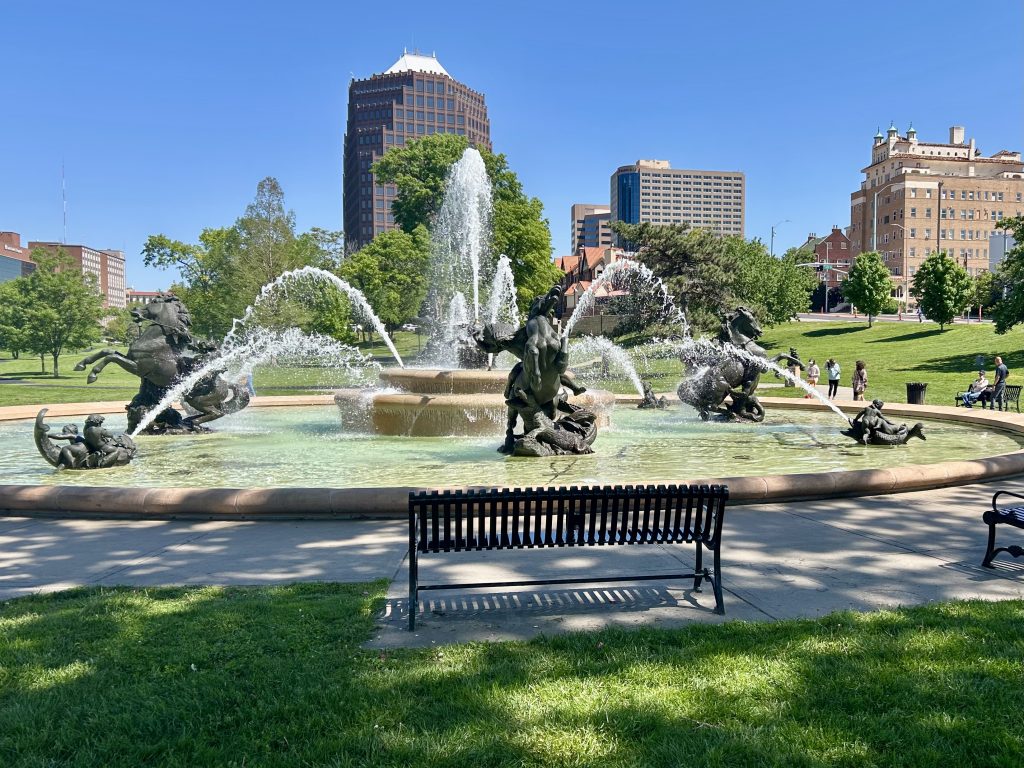
The Mill Creek Park Association, in partnership with Kansas City Parks, is dedicated to enriching the lives of residents and visitors by providing a welcoming, inspiring, and environmentally sustainable space. We strive to foster community connection and meaningful engagement with nature—supporting physical and emotional well-being for all.
Mill Creek Park derives its name from a stream that once powered a mill in Westport in the 1800s. The stream flowed south into a half-mile valley, eventually joining Brush Creek.
1800
In 1908, the Kansas City Park Board acquired 11.4 acres to create the right-of-way for the future Mill Creek Parkway, which was completed in 1913.
1908
For its first 50 years, the park remained largely undeveloped, except for the addition of a dozen tennis courts in 1920, which later expanded south near Main Street to become today’s Plaza Tennis Center.
1920
In 1952, Mill Creek Parkway was renamed J.C. Nichols Parkway after the passing of real estate developer J.C. Nichols, who built the Country Club Plaza.
1952
In the early 1980s, Mill Creek Park started to served as Kansas City’s primary location for public rallies, protests, and gatherings, reinforcing its role as a vital community space.
1980
In 2020, the Kansas City Park Board restored the original Mill Creek Parkway name and removed the Nichols name from the fountain, following concerns about the developer’s historical discriminatory practices. The Nichols family and Nichols Charitable Trust supported the decision.
2020
In 1985, Saint Luke’s cardiologist Dr. Ben McCallister watched heart attack patients walk laps on a small indoor track at Saint Luke’s Mid America Heart Institute. As he gazed out the window at the beautiful Mill Creek Park, he envisioned a scenic, outdoor track where people could exercise while enjoying the park’s natural beauty.
Dr. McCallister shared his idea with his friend and neighbor, Country Club Plaza developer Miller Nichols. Together, they formed the Mill Creek Park Association (MCPA) – a coalition of Plaza area merchants, businesses, and residents.
Partnering with Kansas City Parks & Recreation and the Kansas City Area Transportation Authority (KCATA), they secured funding to construct a one-mile rubberized track with exercise stations positioned at intervals.
Beyond funding the track and exercise stations, MCPA pledged to cover 45 percent of the park’s annual maintenance costs, ensuring that Mill Creek Park remains a beautiful and welcoming space for the community.
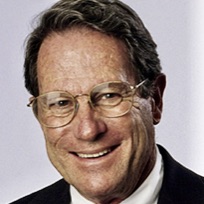
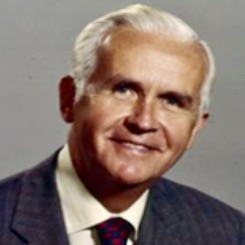
Consider becoming a Friend of the Park by joining our mailing list for periodic park updates and/or donating. This helps us maintain and enhance this beloved public space.
Mill Creek Park is now a vibrant public space featuring its iconic fountain; a one-mile rubberized exercise trail; strengthening equipment stations; open play areas for soccer, volleyball, and community events, including live music concerts; a wetland area; benches throughout and public art including the iconic sculpture Le Grand N’oeud (Grand Knot).
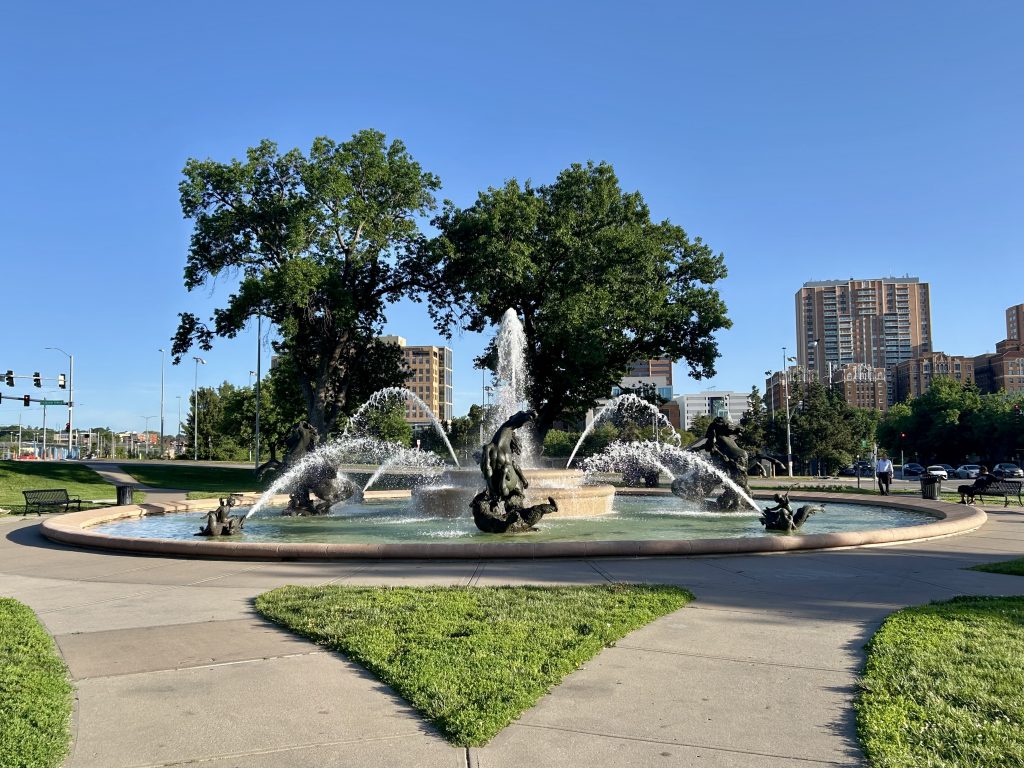
Water Fountain
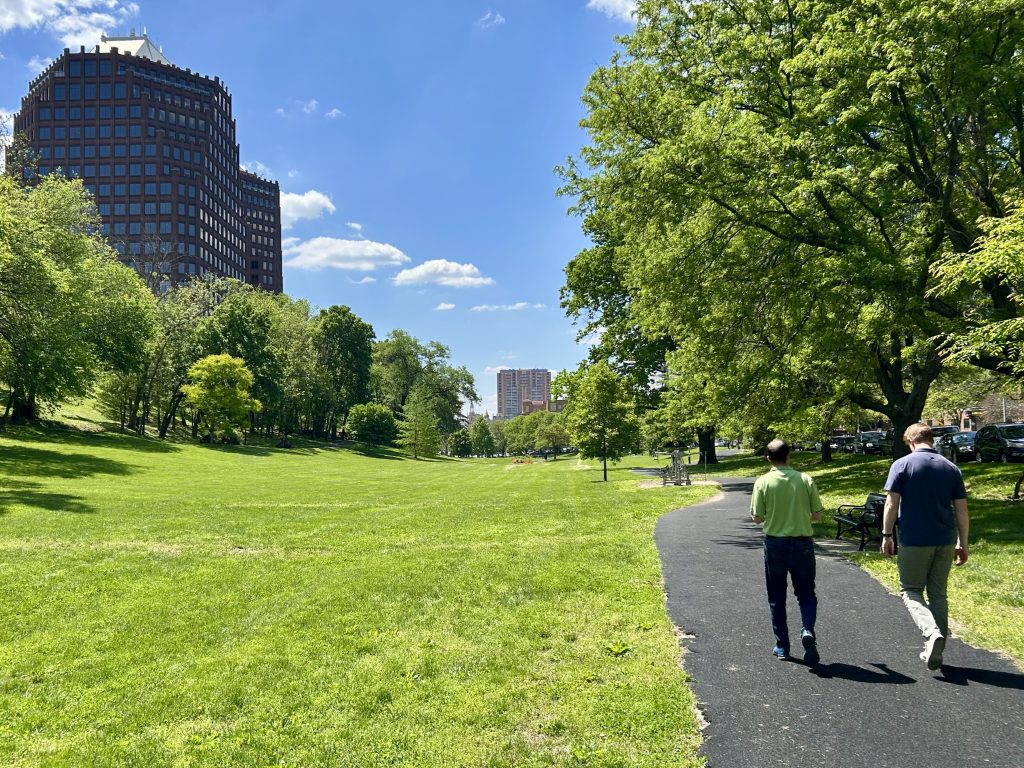
Rubberized Path/Track: Open Play for Spaces, volleyball, soccer etc.
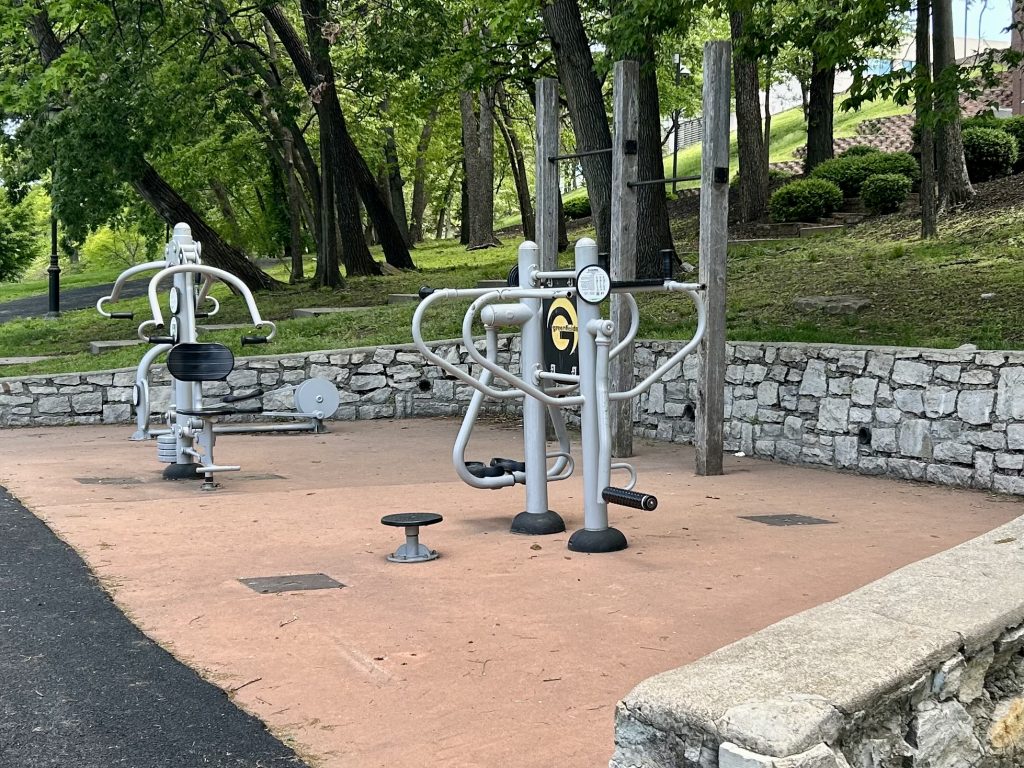
Strengthening Equipment
Stations
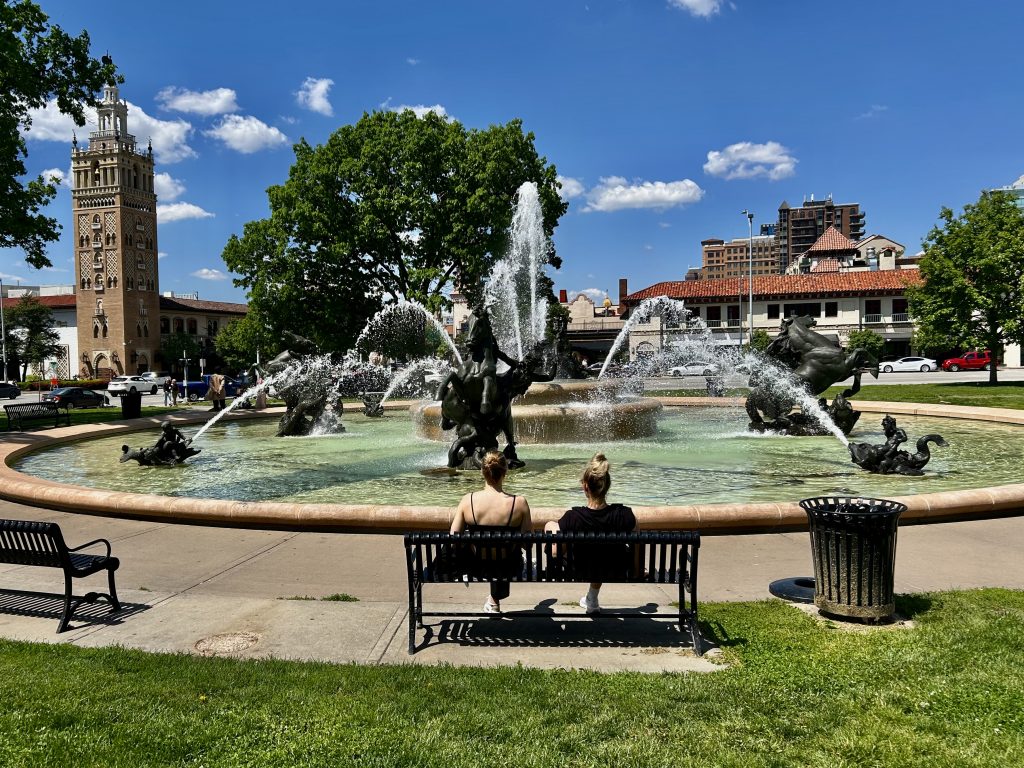
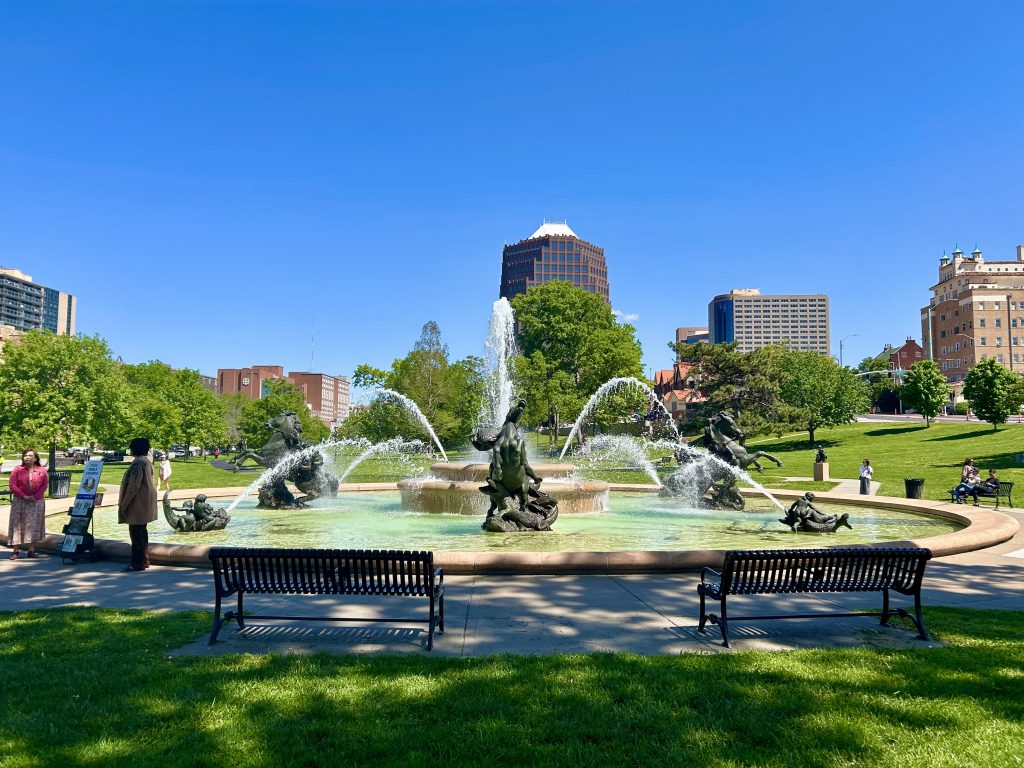
One of the park’s most defining features is its stunning fountain, installed in 1960 at the park’s southern edge. Originally located on an estate in Long Island, New York, the fountain was sculpted in 1910 by Henri-Léon Gréber.
The fountain features four heroic horsemen, symbolizing four great rivers of the world: Mississippi, Volga, Seine, Rhine
Additionally, four smaller figures of children riding fish—often mistaken for dolphins—adorn the fountain. When one of these original figures was lost before the fountain’s relocation, a replica was commissioned.
Funding for the fountain’s installation came from the Nichols family, the City of Kansas City, private contributions, and even school children’s donations. Restored in 2014 by the Miller Nichols Charitable Foundation, the fountain regained its original lost dolphin, while the replica was placed nearby with an informational plaque.
Today, the fountain stands near the eastern entrance of the Country Club Plaza, remaining one of Kansas City’s most-photographed landmarks.
The bronze sculpture, Le Grand Noeud by artist Kim Hamisky, was donated to honor Miller Nichols (1911-2000), local real estate developer, adviser and philanthropist by his daughters Kay Callison, Nance Lopez, Ann Nichols and Lynn Nichols. It was dedicated in October of 2005.
The Nichols daughters decided to place the sculpture in Mill Creek Park because of their father’s work with Dr. Ben McCallister to beautify and enrich the park area and his part in establishing a support group for the park and the Mill Creek Park Association.
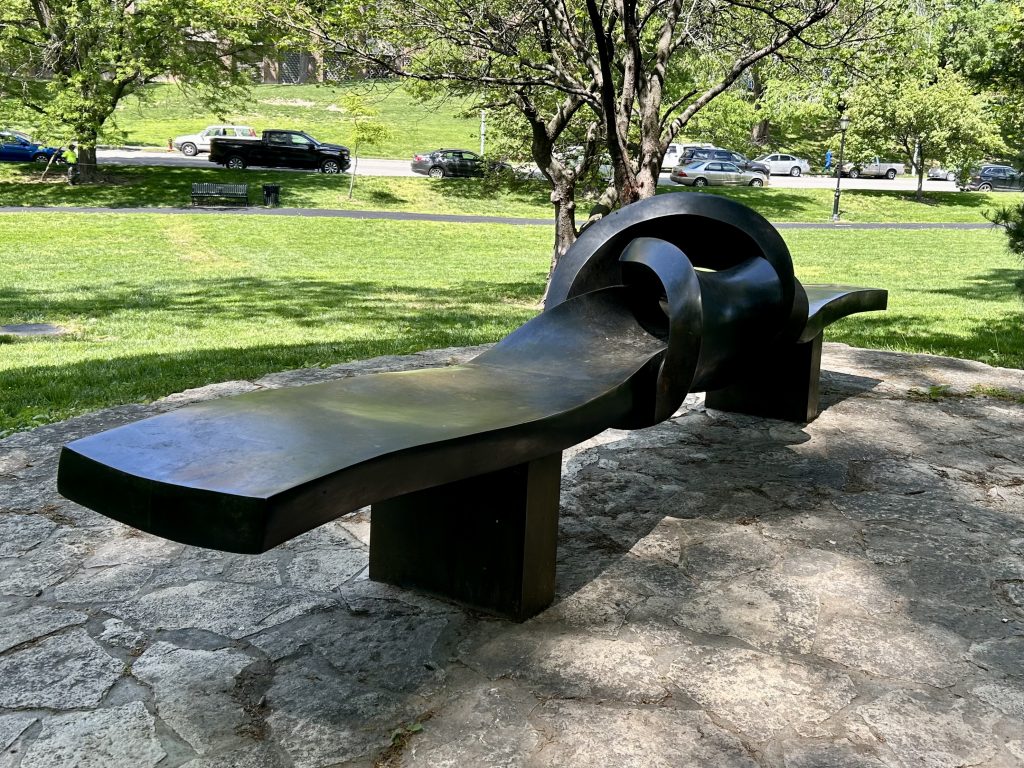
Mill Creek Park continues to evolve as a premier green space in Kansas City. Several exciting projects are in the works.
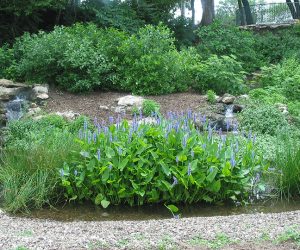
Smart Water & Green Infrastructure
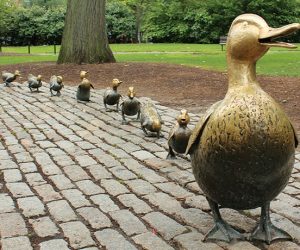
Children’s Play Area
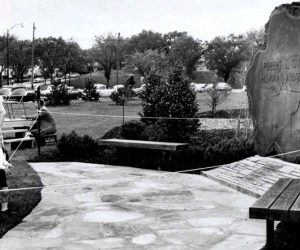
R.L Sweet Arboretum
Original KC Parks dedication 1963
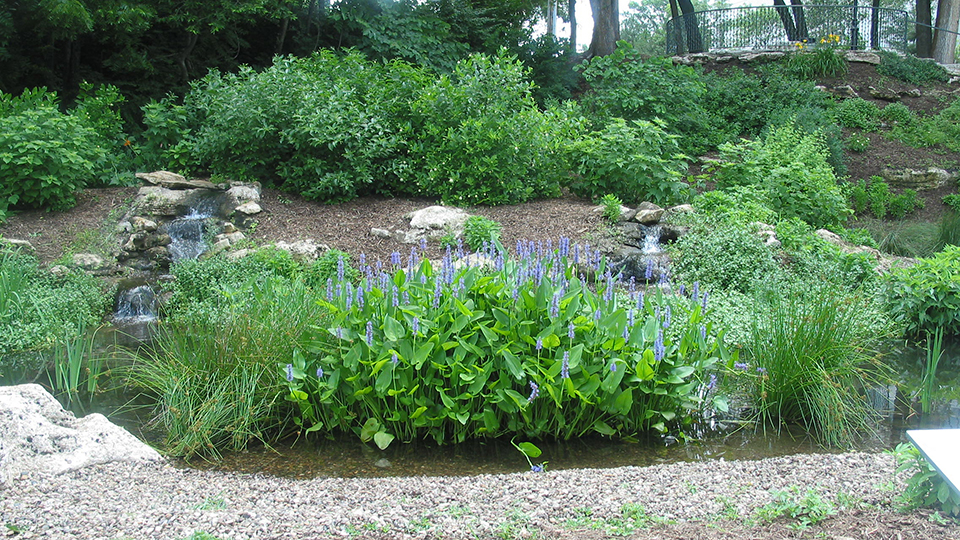
Efforts are underway to improve the park’s environmental sustainability:
A new accessible play area is proposed for the southeast side of the park, near the tree line by the fountain. It is expected to be designed with multi dimensional features that will offer engaging challenges for children.
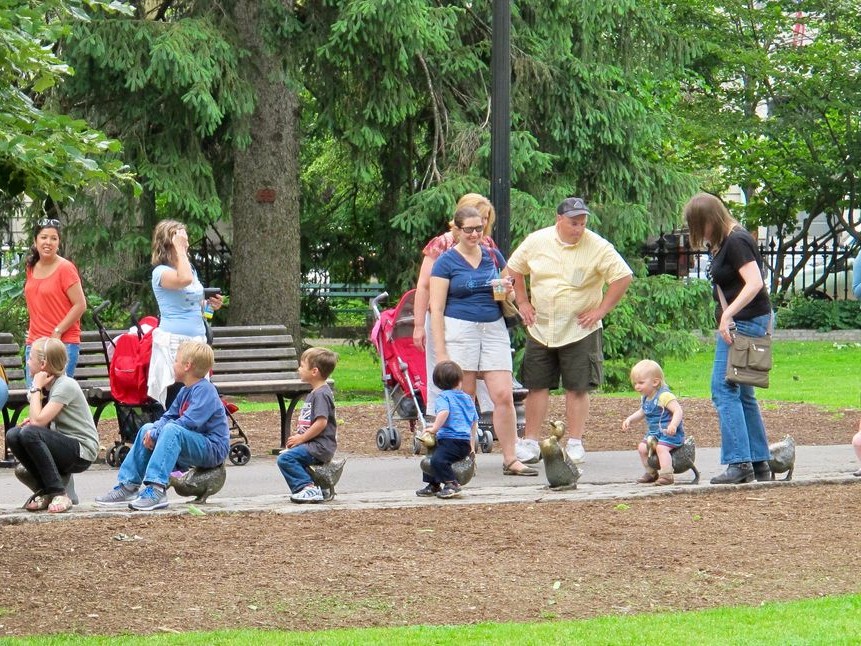
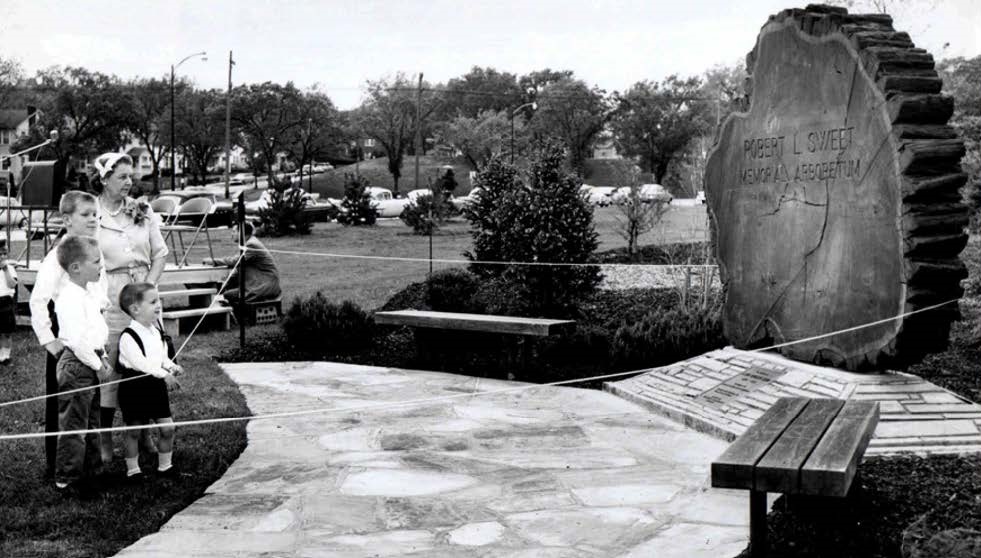
1962 dedication of RL Sweet Arboretum Louise Sweet with grandsons Bob, Bill and John Kiene.
Originally dedicated in 1963, the R.L. Sweet Arboretum will be relocated from its site along Volker Boulevard to Mill Creek Park. The new arboretum will showcase over 100 species of trees, honoring R.L. Sweet, a respected lumber tradesman and former president of the Kansas City Chamber of Commerce.
We are grateful to these organizations ongoing support for Mill Creek Park Association to provide funding for new park features and ongoing maintenance and beautification of Mill Creek Park.

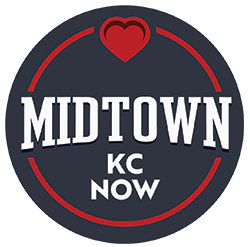


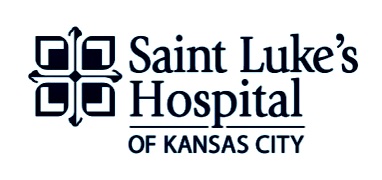

Email: info@millcreekparkassociation.org
Call: 311
Email: parks@kcmo.org